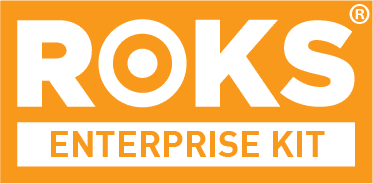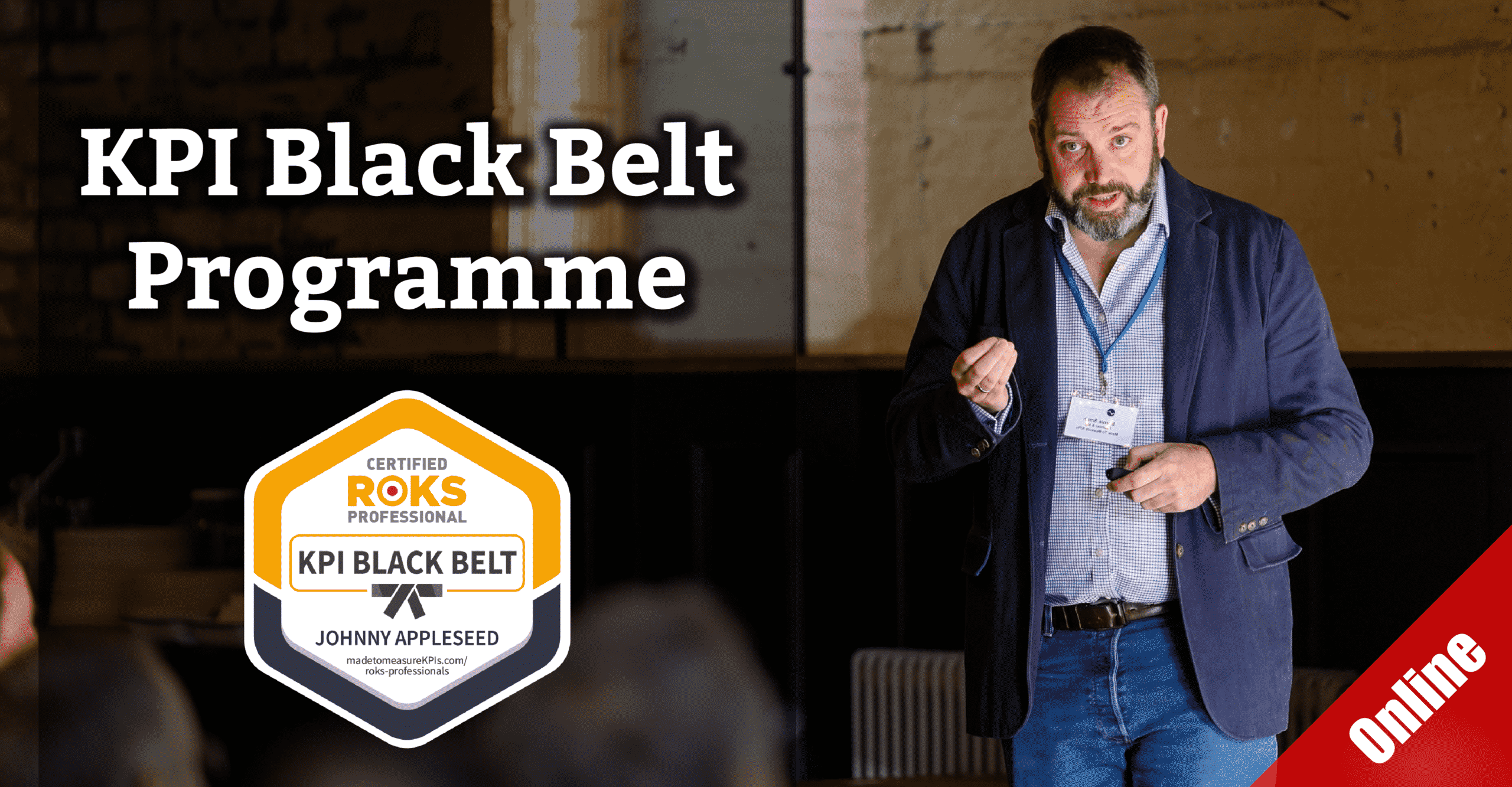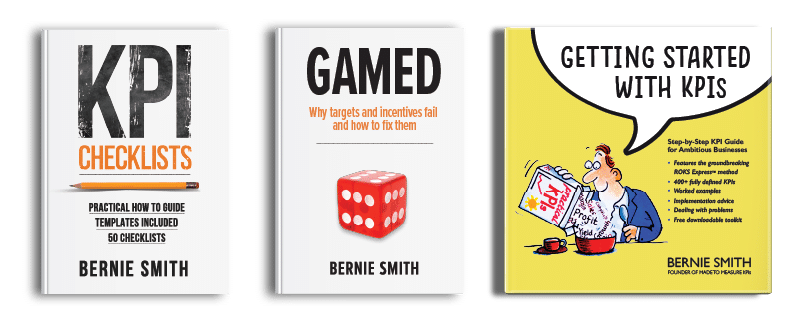Are you brainstorming your KPIs?

You Might Be Killing Performance Measurement Before It Even Starts
Let's talk about something that causes a lot of frustration in businesses: Key Performance Indicators, or KPIs. Too often, the process of creating or improving KPIs feels like a chore, yields underwhelming results, and leaves everyone wondering why they bothered. If you've ever been part of a meeting where the goal was to come up with a list of measures, chances are you experienced a common pitfall: brainstorming KPIs instead of properly designing them.
Brainstorming has its place. It's a fantastic tool for generating a lot of ideas quickly – perfect for coming up with themes for the office picnic, for instance. But when it comes to something as critical as deciding how to measure the success of your organisation's strategy, treating it like a free-for-all brainstorming session is a recipe for disaster. It's like going tool shopping without knowing whether you need to hammer a nail or saw some wood. You'll end up with tools, sure, but probably not the right ones for the job.
I've seen it happen time and again, and the sources I work with highlight this problem clearly. People gather, look at a strategic objective or goal, and ask, "What measures could we use?". Ideas are thrown around the table. This process might produce a list, but it's rarely a list of good measures. In fact, it often creates several significant problems that sabotage performance measurement from the get-go.
The 6 Major Problems with Brainstorming KPIs
Problem 1: You End Up Measuring Activity, Not Results
One of the most common mistakes when brainstorming measures is confusing actions, tasks, or initiatives with performance results or outcomes. A performance measure should tell you how well something is being done or the outcome of an effort, not just that the effort is happening.
Think about it: if you're brainstorming measures for "reducing waste in the community," someone might suggest "Implement waste management strategy" or "Community adoption of improved waste practices". Or for "innovation," you might hear "Innovation Training" or "Innovation Survey".
Are these measures? No. They are either actions ("Implement strategy," "Training") or data collection methods ("Survey"). Implementing a strategy is something you do, not a measure of the result it's meant to achieve. Running a training course is an action. A survey is how you collect data, not the specific measure you'll calculate from it. Measures are supposed to focus people on results, but brainstorming often produces items that only tell you an activity took place, usually too late to change anything. The sources are clear: measures of task activity or progress don't measure the performance result or outcome. You need to measure the end result, not just the means.
Problem 2: The Measures Are Vague and Undefined
Another classic outcome of brainstorming is a list full of vague, ambiguous terms that no one can precisely define or calculate. You might see "Engagement Index" or "Innovation Success Rate". These sound good in theory, but what exactly do they mean? How do you calculate them? What data do you need?
Brainstorming doesn't include a process for defining measures. It just generates names. Without a clear definition recorded somewhere, weeks later, when someone is tasked with actually implementing these measures, they have little or no idea how to proceed or where to find the necessary data. This ambiguity leads to confusion, inconsistency, and often, the measures are simply never implemented or reported. The sources emphasize that you can only define a well-designed measure, not a vague concept.
Problem 3: You Only Think of Measures You Already Know
Brainstorming sessions tend to rely on the collective knowledge in the room. This means you're likely to only come up with measures that people are already aware of or that are commonly used in your industry (often picked up through benchmarking, which has its own problems).
What brainstorming doesn't do is challenge your thinking beyond the familiar. You're unlikely to stumble upon truly powerful, insightful measures that provide strong evidence of your results if no one in the group knows about them. The sources note, for example, that brainstorming for staff engagement might miss a measure like Employee Lifetime Value (ELV) if the participants aren't familiar with it. A good process should help you explore a range of potential measures and test their relevance. Brainstorming simply doesn't reliably achieve this.
Problem 4: You End Up With Too Many Measures (Overload!)
When you're just throwing out ideas, the list of potential measures can grow very long, very quickly. Teams can be horrified to realise they've generated 70, 80, or even more potential measures in a single session.
The sources warn that not prioritising leads to too many measures. A manager who believed everything mattered ended up with 87 KPIs, driving everyone (including himself) to burnout. While it's ideal to measure everything that matters enough to pursue, realistically, most organisations end up with too many goals and too many results to measure all at once. Brainstorming doesn't include a structured method for shortlisting or prioritising these ideas based on their importance and practicality. This leaves you with an overwhelming list, a fragmented approach, and the high likelihood that time and resources will run out before anything meaningful is achieved.
Problem 5: Lack of Ownership and Buy-in
Perhaps one of the biggest downsides of measures developed through brainstorming (or by a small team or external experts) is the lack of buy-in from the people who are expected to use them or provide the data. If people haven't had a hand in creating something, it's not natural for them to feel ownership of it.
Handing people a list of measures and asking for their sign-off is a bad habit. They'll likely give it a cursory look and agree, but later they'll debate the measures, complain about data quality, and make excuses for not hitting targets. The sources make it clear that buy-in isn't created; it emerges when obstacles are removed and the right conditions are set. Forcing involvement or simply "consulting" for feedback often kills buy-in. Real buy-in comes from involving people in the thinking, designing, and decision process from the beginning. Brainstorming alone doesn't guarantee this crucial involvement.
Problem 6: Disconnect from Strategy
Debates about which KPI is "better" are pointless if you aren't clear about what you're trying to achieve in the first place. Brainstorming measures without a crystal-clear, measurable business strategy is like trying to navigate without a map. The sources point out that often, strategy documents are vague, full of "weasel words" like "enhance," "optimise," or "excellence," and focused on actions rather than results.
If your strategic objectives aren't clear and measurable, any measures brainstormed to align with them will be fundamentally flawed or irrelevant. Brainstorming doesn't include a step to ensure the strategy itself is fit for purpose from a measurement perspective. A structured approach is needed to ensure measures provide evidence of your unique, specific goals.
The Risks of Getting it Wrong
When you rely on brainstorming for KPI selection, you expose your organisation to several risks:
- Wasted Resources: Time, effort, and money are spent developing and trying to implement measures that are useless, vague, or misaligned.
- Confusion and Frustration: Ambiguous measures and too many metrics leave people unclear about what's important and how to contribute.
- No Performance Improvement: Badly designed measures don't provide the insights needed to make decisions, test initiatives, or drive genuine improvement.
- Poor Data and Reporting: Vague definitions lead to inconsistent data collection and ad hoc, cluttered reports that are hard to use.
- Increased Cynicism: Repeated failures in performance measurement initiatives fuel cynicism about the value of measurement itself.
- Strategic Failure: Without meaningful measures, you can't know if your strategic initiatives are working or if you're achieving your goals, leading to wasted effort and missed opportunities.
The Solution: A Structured Approach – The ROKS System
Clearly, brainstorming isn't the answer to developing effective KPIs. What's needed is a deliberate, step-by-step process that treats performance measurement as a design challenge, not just an idea generation session.
The good news is that such methods exist. The ROKS (Results Orientated KPI System) approach, which this book is based on, provides a structured, practical path from clarifying your strategy to having fully functional dashboards and reports. It's a tested method designed to avoid the very problems caused by traditional approaches like brainstorming.
Here's how a structured approach like ROKS tackles these challenges :
- Start with a Clear Strategy (ROKS Step 1): Before even thinking about measures, you ensure your strategic objectives are crystal clear, results-oriented (not action-oriented), free of weasel words, and focused (ideally 2-7 objectives). This provides the essential foundation.
- Engage Stakeholders (ROKS Step 2): You identify key stakeholders, develop a communication plan, and engage with them early and often. This builds emotional buy-in and ensures measures are relevant to the people who use them. Remember, buy-in is about involvement, not just sign-off.
- Use KPI Trees to Create a 'Longlist' (ROKS Step 3): This step involves a collaborative process using visual tools (like KPI Trees) to map out the relationships between strategic objectives and potential measures. It helps build agreement and ensures you identify measures that provide evidence of your results. Importantly, it separates generating the ideal list from worrying about practicality.
- Develop the Measures 'Shortlist' (ROKS Step 4): Now you take that longlist and use a structured method (like an importance/ease-of-capture matrix) to shortlist the most relevant and feasible measures. This directly addresses the "too many measures" problem by forcing prioritisation.
- Define Your KPIs (ROKS Step 5): For each shortlisted measure, you create a precise, unambiguous definition, detailing exactly what is measured, where, how, and when. This information is stored in a central database or document. This eliminates vagueness and ensures consistency.
- Prototype Your Dashboards and Reports (ROKS Step 6): Instead of ad hoc reporting, you design reports and dashboards using principles of good visual design to ensure they are useful, usable, and highlight insights, not just data. This ensures the measures actually get used for decision-making.
- Roll Out and Sustain (ROKS Step 7): This final step covers implementation, dealing with data issues, mapping the KPI production process, gathering feedback, and establishing routines to sustain the system. Buy-in continues to be nurtured throughout this stage.
A structured approach like ROKS provides the tools, templates, and steps needed to navigate the complexities of performance measurement effectively. It ensures measures are meaningful, aligned with strategy, quantifiable, and, crucially, owned by the people who need to use them. It replaces the chaotic guesswork of brainstorming with a deliberate design process.
Make Your KPIs Count
Stop wasting time and energy on brainstorming sessions that produce vague, unmeasurable, and ultimately useless metrics. Performance measurement is too important to be left to chance. By adopting a structured method like the ROKS system, you can build a robust, engaging, and effective performance measurement framework that genuinely helps your organisation achieve its goals and drive performance improvement.







![Complete Guide to the OKR Framework: How to Create OKRs for Your Team [2024] Complete Guide to the OKR Framework: How to Create OKRs for Your Team [2024]](https://madetomeasurekpis.com/wp-content/uploads/2021/12/okr-kpis-and-targets-logo@2x-620x160.png)




